Editor’s Note: BuzzFeed supports a person’s right to an abortion. If you, like us, feel impassioned about abortion rights, learn more or find a local fund to donate to here.
Note: This article contains mentions of sexual assault, which may be hard for some to read.
I learned I was pregnant on Thanksgiving morning, and nowhere among my concerns about last-minute ingredients was a question about whether or not I wanted an abortion. I remember counting the three cheeses for our macaroni, stocking bags with wine for the host, and taking a moment, just once, to consider what I might be in for.
As a patient faced with an appointment log, I couldn't find first-person stories about what actually happens on the table. As someone who still needs doctors to count down from three before shots, the anxiety surrounding this too-little-talked-about procedure kept me up for nights.
Experiences with abortion can be swept under the rug for a myriad of "taboo" reasons: 1) the need stems from sex, 2) rape and incest can be the genesis, and 3) accessibility differs along lines of race, class, and identity. But abortion is normal. Nearly 1 in 4 women will have an abortion by the time they're 45, yet I had no idea what it was like until I put my feet in the stirrups.
Here's what happened:
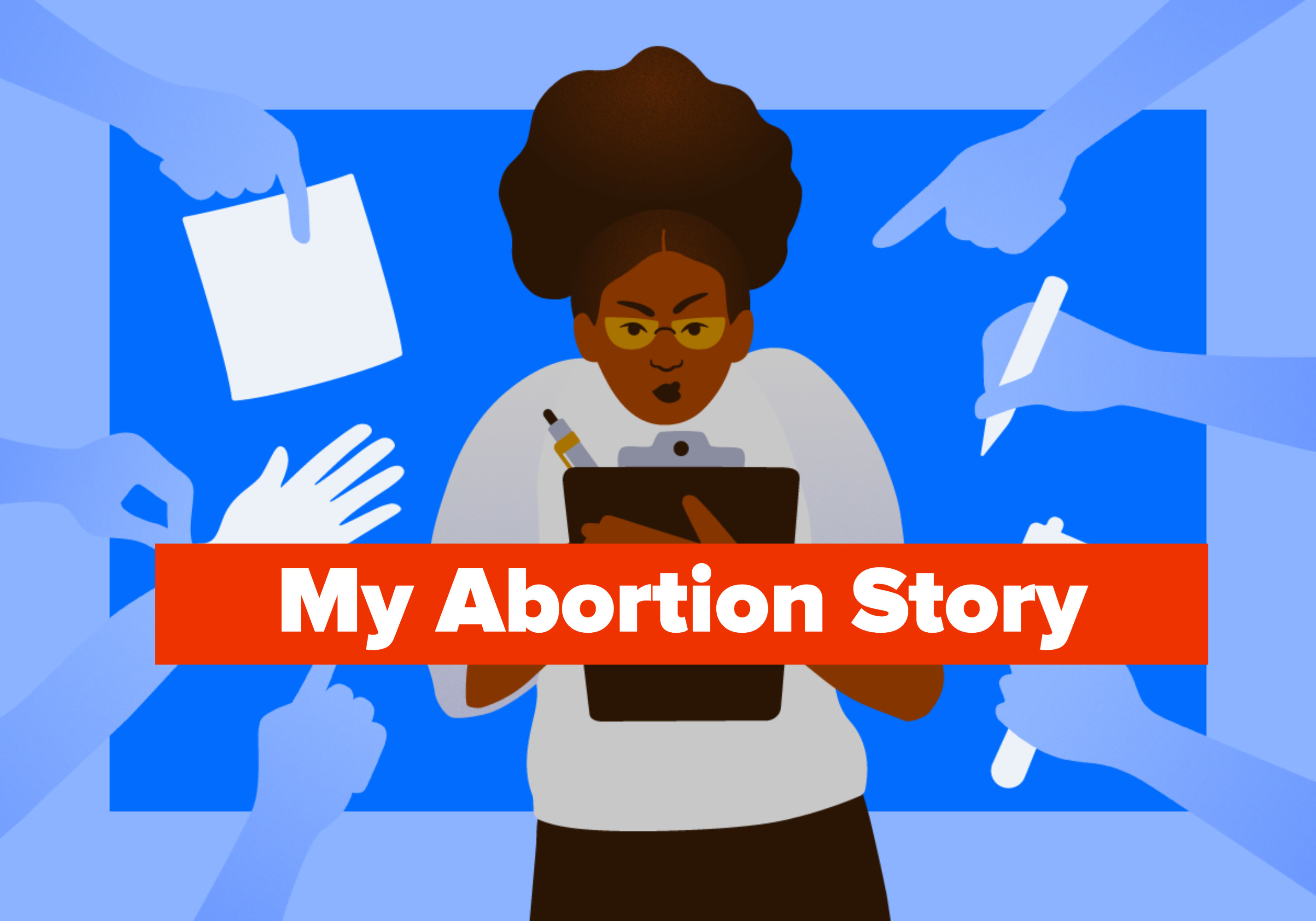
Though you may assume the process begins within a block radius of Planned Parenthood or a local clinic — where protestors wait after rising during vampire hours to chug coffee and prepare unsubstantiated chants about fetuses — it actually starts as an email notification.
A night or two before my appointment (which I easily secured by booking the next open slot through my local Planned Parenthood's online portal), the clinic sent standard health forms for me to sign, which included a question regarding whether or not I would be using insurance to help pay for the standard $500 fee.
Though I was privileged to have medical insurance, my mind was consumed with images of a speculum, suction tool, and every other bit of overwhelming information I found during my night's doomscroll cosplaying as an informative Google search. So, flustered, I procrastinated before sending back my forms — a detrimental mistake, considering I'd soon learn that Planned Parenthood must have your insurance information at least 24 hours in advance, or they will not be able to use it, as I was told.

Unaware of the hit my measly savings account was about to take, I stuffed my old college backpack with necessities dictated to me by other women in a Facebook support group: extra waters for the waiting room, fuzzy socks for the cold stirrups, and a heat pack for recovery. This was my only armor as I approached the clinic where a crowd of protesters swarmed the surrounding sidewalk at 8 a.m.
"Park a few blocks away," I instructed my partner, hoping to avoid any direct confrontation.
Still, their eyes narrowed in on me as soon as we stepped on the block. They didn't wait to see which building I was headed toward — the clinic was in the middle of a downtown area. I could have been going anywhere, as far as they knew, but their noses turned up as if they could smell the want for healthcare on me.
"DON'T KILL YOUR BABY," they yelled, quite obnoxiously, though I was still a block away. "THERE ARE OTHER OPTIONS. lEt Us HeLp YoU."
As we got nearer, a young woman with blonde hair and thick winter gloves tried to shove pamphlets in my hands — fact sheets about God and exactly where they thought I'd end up.

I felt my partner tug me toward the entrance, whispering, "Just keep going," but as we dashed up the stairs, I couldn't help but look back one more time. I met the eyes of one guy, a short boy who was around my age, and wondered what possessed someone to wake up, put shoes on, and scream at patients.
Once inside, the receptionist confirmed my appointment, and I noticed a nurse with her nose pressed against the glass of the front door.
"I know that guy," she told her friend excitedly. "We went on a mission trip together."
She opened the door and fell into a familiar hug with the guy I had met eyes with. It felt...wrong to watch, these two worlds colliding. I didn't have much time to think about it. A doctor was calling my name.
This was the first of three times I'd be guided down the oat-colored hall before the procedure itself. Leaving the waiting room, I entered a door on the right, which led to a dimly lit lounge and another door inside. Situated to the right was an ultrasound room, and if you, like me, have never had an ultrasound before, then let me be the first to tell you: they are nothing like the movies.

I had my period the month prior and misguidedly assumed I couldn't be more than three weeks along. Instead, the tech declared me seven weeks and one day into pregnancy, and I tried again and again, back and forth, to make the math work.
I had no reason to suspect I was pregnant until my second month into gestation, blowing past dystopian six-week abortion bans implemented in states like Oklahoma and Texas.
It's impossible, I remember thinking. How could anyone, with all bodily functions remaining the same, know? And how could anyone punish them for not knowing?
After the ultrasound, nurses pinballed me into the dimly lit lounge, a private waiting room designed solely for abortion patients. Only one other person sat inside. "Nefertiti," she called herself. "Named after the Egyptian queen."

When writing this, I considered leaving Nefertiti out of it. She was gorgeous, with television-worthy white teeth and a lighthearted attitude I was drawn to in the dreary clinic room. But when I reflected on the story she told me about herself — pregnant, on her second abortion, and a stripper — I realized my own bias had set in. I judged her subconsciously; the thoughts were there and I want to acknowledge that hypocrisy.
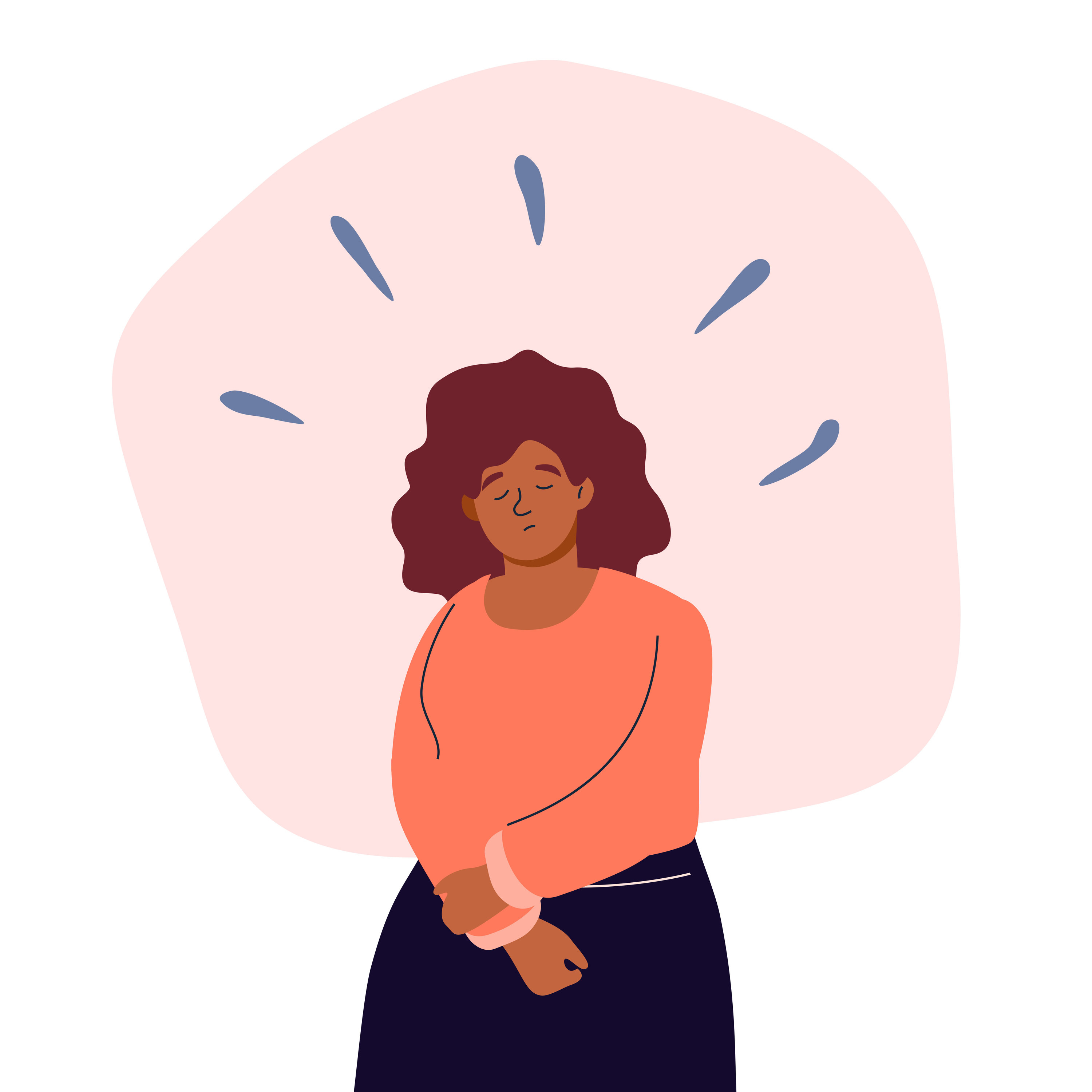
Later, a different nurse took a blood sample via finger prick and joked about how squeamish I was when I had to look away.
She needed three drops of blood, but my finger only released two. "I think I need to prick you again," she warned. After seeing my face slack, she started massaging my hand from the wrist to my finger tip, trying to coax one last drop out and spare me from the needle. It didn't work, of course, but I appreciated the effort.
Finally, on my last stop before the procedure itself, a counselor was required by law to speak with me — a mandate in 34 states.
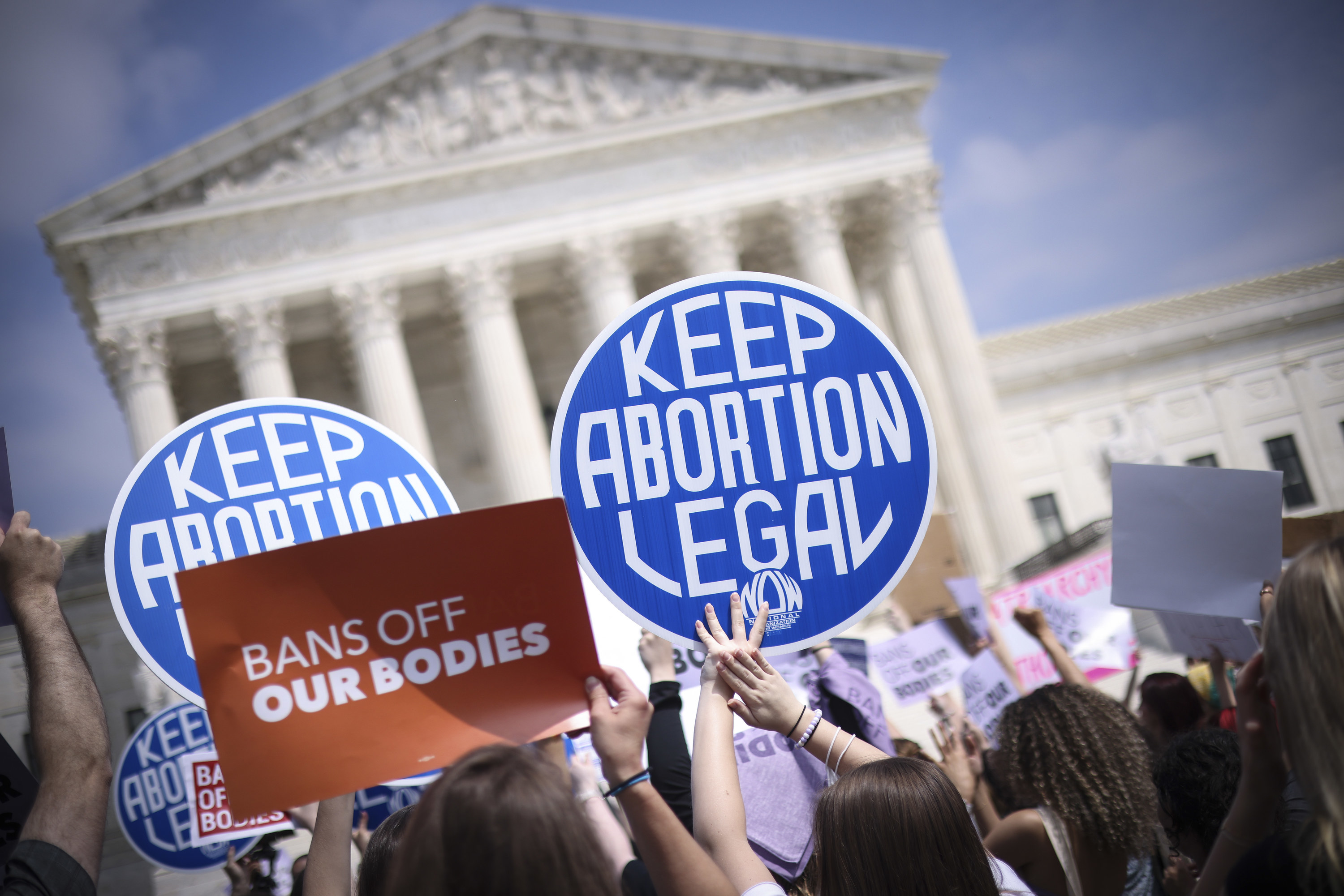
Finally, it was time for the procedure, so while a nurse ran to retrieve my partner from the waiting room, I was instructed to meet the doctor in a room at the end of the hall. Honestly, my nerves set in, and not just due to anticipation.
Now that my time had come, I faced the dichotomy of not only being a woman whose most intimate and sensitive parts would be injected, suctioned, and scraped, but I was also a Black woman undergoing a procedure in America, and this comes with its own set of concerns.
As a woman, I worried about the pain. As a Black woman, I worried about a doctor who may believe the medical misnomer that we have thicker skin than our white counterparts, and therefore feel less pain — meaning they might operate with a heavier hand.
As a woman, I also worried about the risks, despite their sheer rarity. As a Black woman, I knew those rarities often land on those who look like me, seeing how Black women are 2.5 times more likely to die from pregnancy-related causes than white women.
In my personal experience, my pain has been dismissed by OB-GYNs in the past who said their actions in or on my body "didn't actually hurt;" or by other doctors who pushed my concerns to the side, only to discover later that my original intuition about my body had been correct and medical intervention was necessary. So, when the doctor stepped inside, my eyes stung and I actually cried (which was embarrassing for everyone in the room).
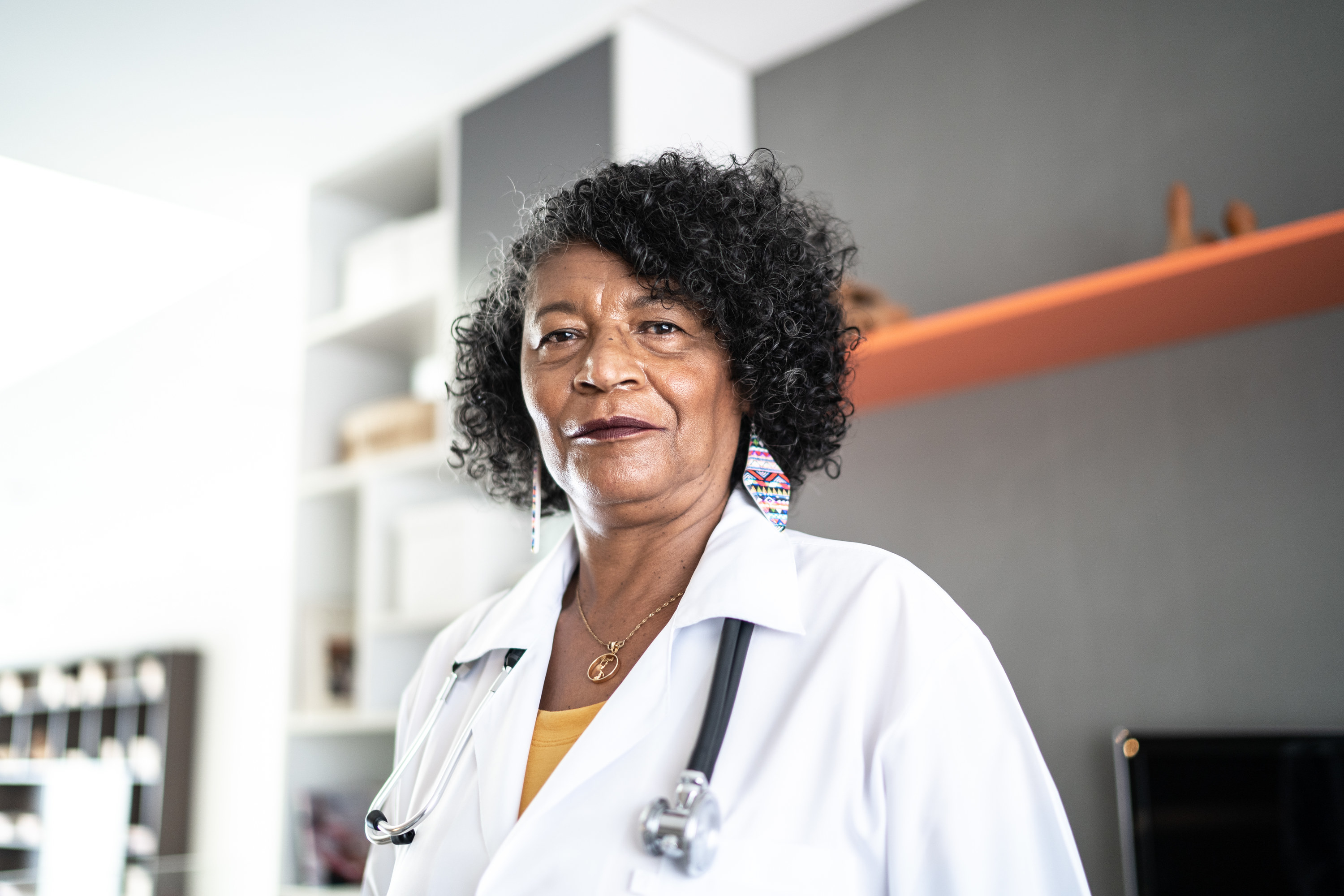
I opted for a surgical abortion when making the appointment — mostly because they take less than 10 minutes instead of the average four to five hours abortion pills need to pass the fetus via heavy cramping. So, Dr. Howard, whose name has been changed for this article, instructed me to undress from the waist down and place a cloth over my lower half.
My feet went in the stirrups and, as she prepped her instruments, a doula sat on my right side, walking me through breathing exercises I'd need to employ throughout the procedure in order to avoid any tightening, which could result in pain.
The doula — who was honestly a godsend and looked exactly like Alexis Bledel from Sisterhood of the Traveling Pants — held my hand, told the doctor I was ready, and immediately jumped into a deep breathing technique: in through the nose for 1, 2, 3, 4; hold for 1, 2, 3, 4, 5, 6, 7; exhale through the mouth for 1, 2, 3, 4, 5, 6, 7, 8.
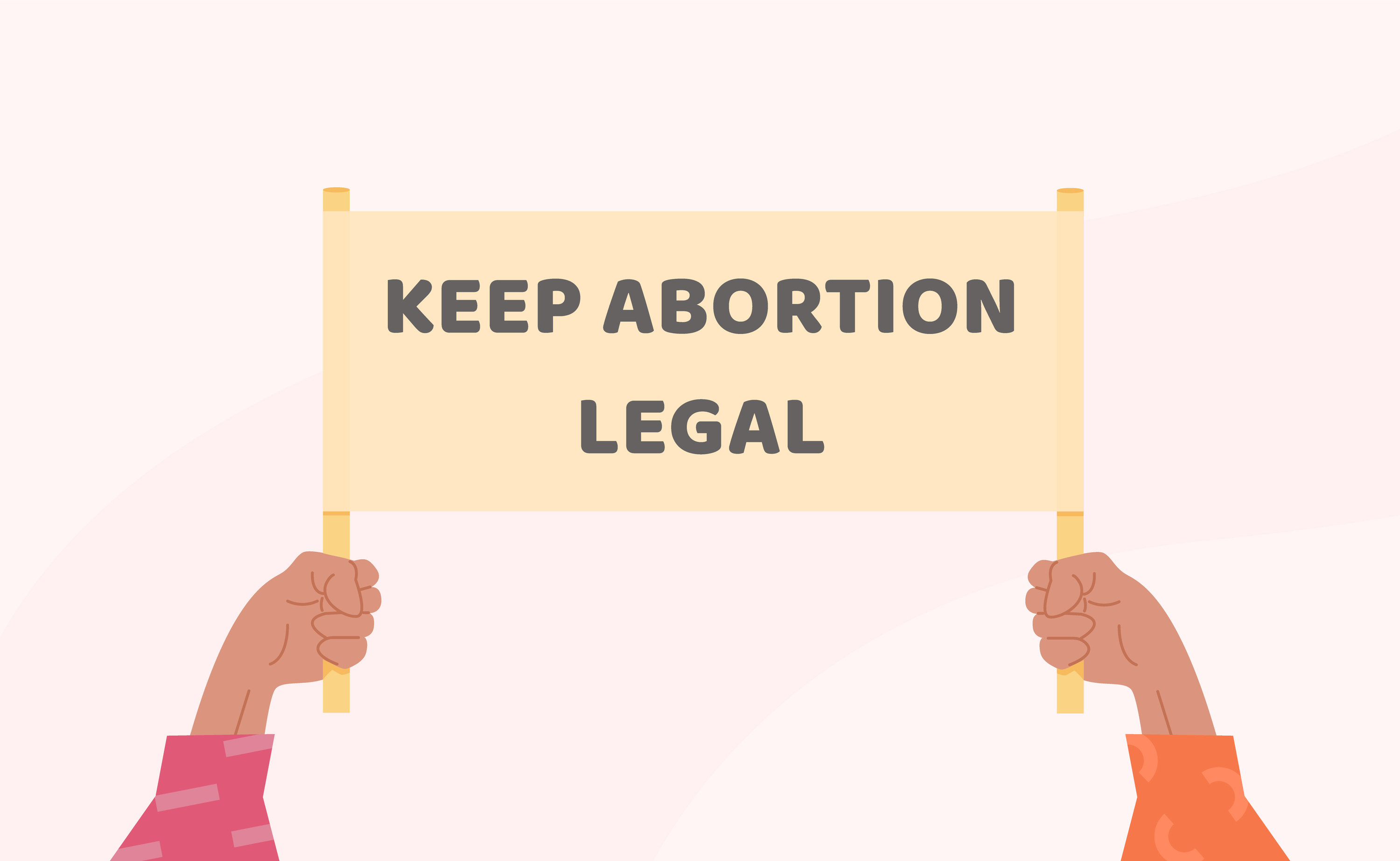
Down below, Dr. Howard cranked me open with a speculum and warned about a "pinch" before injecting my cervix with a numbing shot that felt exactly how you would expect a shot in your cervix to feel. It hurt, I won't lie, but it's a shot, so the pain only lasted for a second. More surprisingly, my hearing went out.
It's not that I couldn't hear, but everything sounded like I was in a canyon of water. I could see the doula's lips counting on my side, and my partner mimicking her deep breathing on the other, but they both sounded like echoes far away.
I didn't have much time to ask questions before Dr. Howard stretched my cervix with dialation rods, which would create an opening for the suction tool to go through.
Later, though, I'd ask a nurse about my hearing, and she confirmed that it can be a common, short-lived side effect of the numbing medication.
With my hearing already back to normal and the suctioning tool inserted, the machine vibrated loudly. Some women online suggested that I bring ear plugs or music to distract from the sound. Personally, the rhythmic suctioning was quieter than dental work I'd had performed and didn't bother me.
As Dr. Howard worked, I stared at the ceiling. My lower stomach bubbled sharply and it periodically felt as though my insides were shrinking. (If you've ever experienced painful gas, which we all have, then it's comparable.)
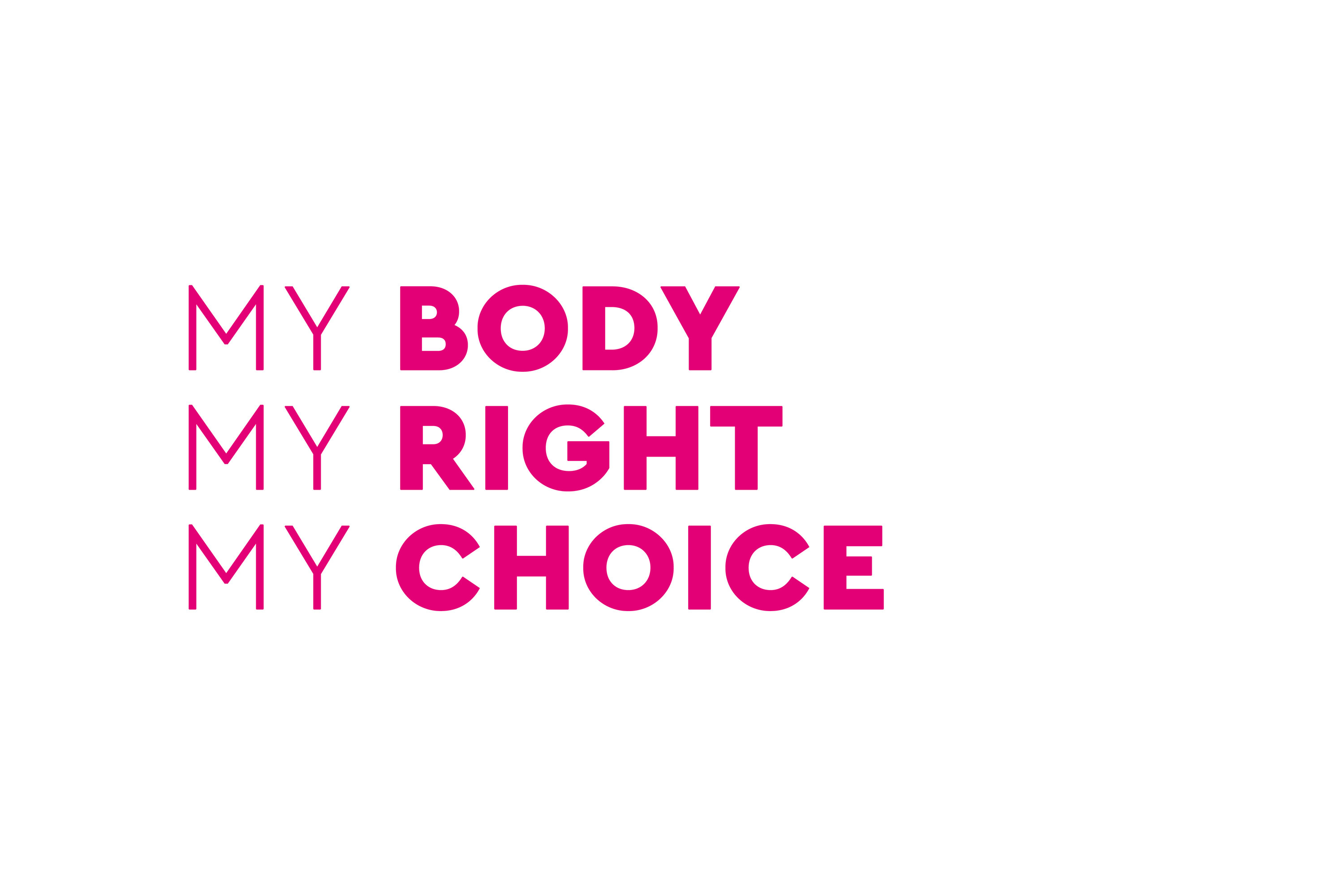
I laid on the table for no more than five minutes, and then it was over. I slipped back into my leggings and Dr. Howard gave me a pad to slide into my panties before I thanked her — without tears this time — and the doula guided me to a post-care row of heated loveseats sectioned off by partitions for privacy. A cup of apple juice and crackers waited in the cupholder.
Reclining in the chair, I began my mandatory 20-minute wait before I could be released. My stomach was tender but not painful, almost crampy, and any concerns I had before the procedure were far from my mind. I actually laughed in the chair, joking with nurses who popped in to check on me, their previously anxious patient, and sweetly teased, "See, you had nothing to worry about."
I felt light. I imagined the sleep that had unnecessarily evaded me the entire week before, and how a nap was long overdue.
Finally, when the 20-minute timer dinged, a nurse asked me to go in the bathroom and compare the blood in my pad to the blood on a poster inside. If my pad's contents surpassed a certain level outlined on the chart, the nurse would need to come in and further medical intervention may be necessary. My bleeding, however, was minimal, and I was free to go.
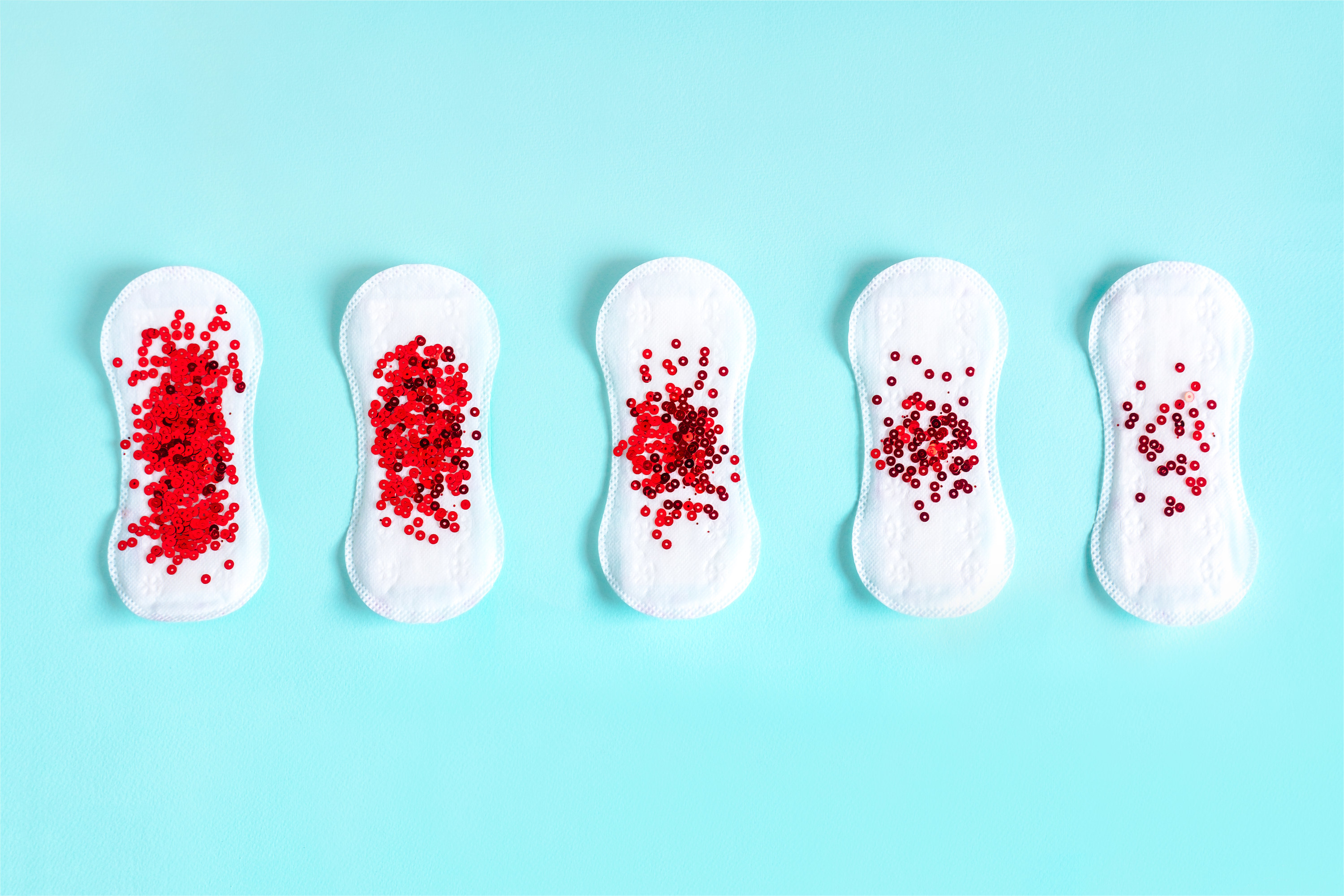
My abortion story is, to be honest, mundane, because that's exactly what abortion is: normal, common, and routine, just like many options in healthcare. And that's the key, isn't it? It's an option — one I took because without it, my body would not have been my own, and I cannot imagine anything worse.
If you or someone you know needs help paying for an abortion, click here to find an organization that may be able to help. Or, ask your provider if they offer lower fee scales.
And if you're planning to have an abortion in this post-Roe-v.-Wade-world, here's how you can keep yourself safe.
